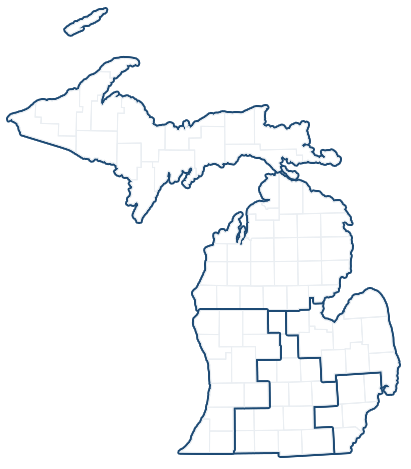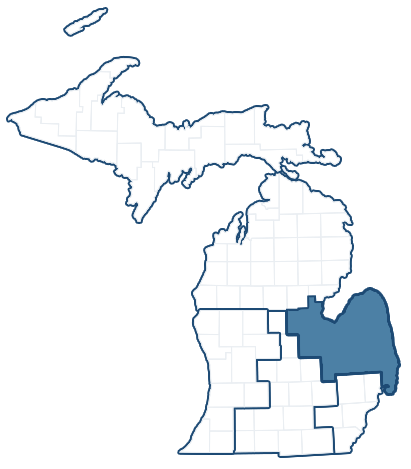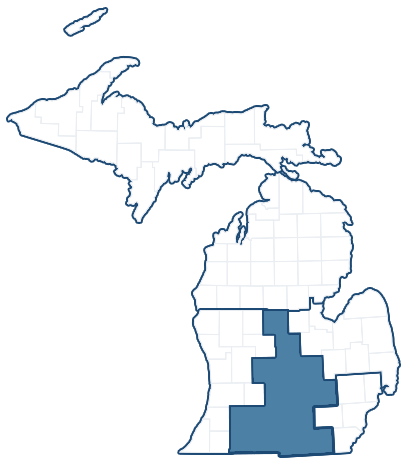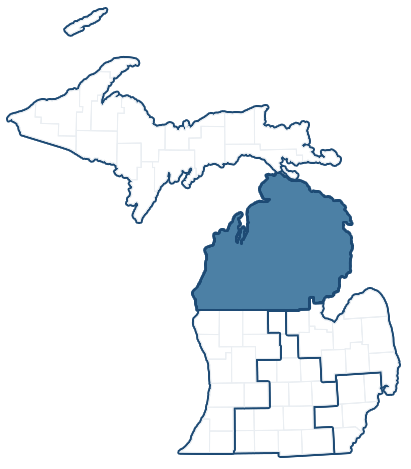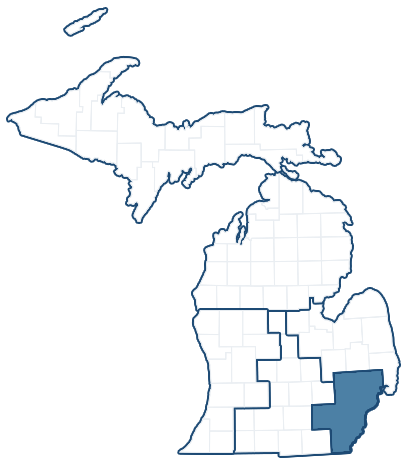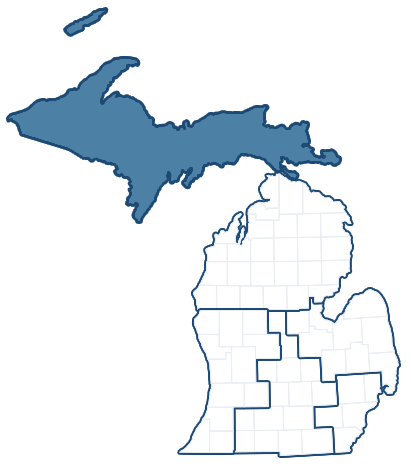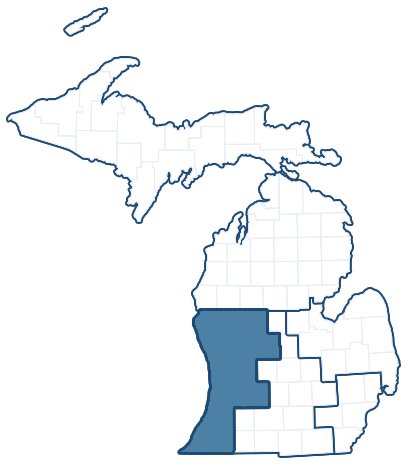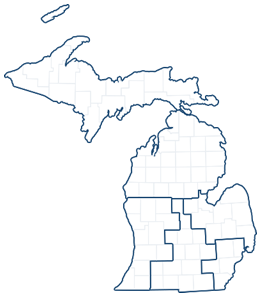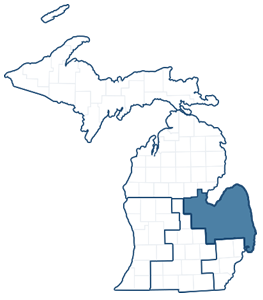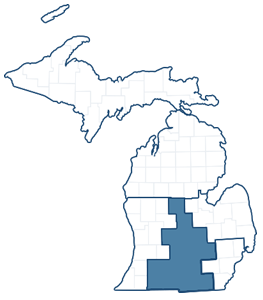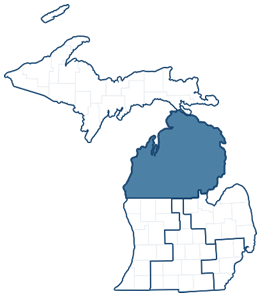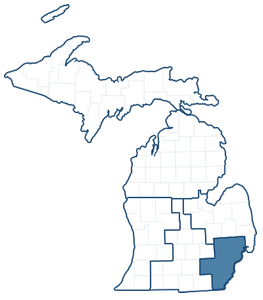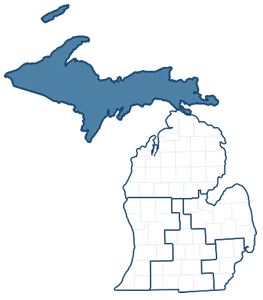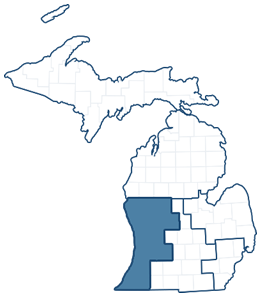Stabenow, Peters Raise Serious Concerns about Line 5 Pipeline Conditions and Call for Investigation into Enbridge’s Compliance with Reporting and Safety Requirements
Tuesday, November 07, 2017U.S. Senators Debbie Stabenow and Gary Peters today raised serious concerns about the current conditions of Enbridge’s Line 5 Pipeline and called for an investigation into whether Enbridge complied with reporting and safety requirements. The Senators sent letters to the CEO of Enbridge and the head of the Pipeline and Hazardous Materials Safety Administration (PHMSA) following recent news reports that Enbridge did not disclose problems in the protective coating of the Line 5 Pipeline for more than three years.
“Despite Enbridge knowing about the damage in 2014 and conducting a full suite of inspections throughout the summer of 2016, we are just learning now—in 2017—of damage to the protective coatings,” the Senators wrote in a letter to the Pipeline and Hazardous Materials Safety Administration. “Michiganders need assurance about the integrity and safety of operating Line 5 in a high consequence, unusually sensitive area and that any problems will be addressed quickly and transparently. We ask PHMSA to determine whether Enbridge committed any violations with respect to the pipeline integrity management program, their reporting requirements to PHMSA, and safety requirements to maintain the integrity of Line 5.”
“It is apparent to us that further changes are needed in the institutional procedures and culture at Enbridge to ensure accurate reporting, transparency, and communication of pipeline integrity management,” the Senators wrote in a letter to the CEO of Enbridge. “Given the critical risk this pipeline poses to public health and safety, please respond to the following questions:
- “What is being done to correct internal reporting procedures at Enbridge to ensure that damage sustained by pipelines and the coatings that protect these pipelines against corrosion is accurately communicated throughout the company and to our offices and the state regulators?
- “Are there any additional portions of Line 5 with anomalies of any type to any of the coatings covering the pipeline that have not been reported? Were any additional sites identified needing further inspection or repairs of any sort since September 13th?
- “How can we be certain that no other damage to either the pipeline or its protective coatings has occurred and that state regulators, federal agencies providing oversight, and our offices are fully informed?”
Signed copies of the Senators’ letters to Pipeline and Hazardous Materials Safety Administrator Howard Elliott and Enbridge CEO Al Monaco are attached to this release and the full text may be found below.
November 7, 2017
Administrator Howard Elliott
U.S. Department of Transportation
Pipeline and Hazardous Materials Safety Administration
1200 New Jersey Avenue, SE
Washington, DC 20590
Dear Administrator Elliott,
We write to express our deep concerns regarding the recent disclosure of damage and gaps in the protective coatings on segments of Pipeline #5 (“Line 5”), owned and operated by Enbridge Pipeline Inc., located at the Straits of Mackinac (“the Straits”) between Lake Michigan and Lake Huron. This newly-public information raises additional concerns about the operation of a pipeline in a high consequence and unusually sensitive area. We request the Pipeline and Hazardous Material Safety Administration to examine these recent events for any pipeline safety or reporting violations.
In 2014, support anchors were installed along the underwater segment of Line 5 at the Straits to ensure that no unsupported span would exceed 75 feet, the limit granted as part of the 1953 easement that permitted construction of Line 5. During this maintenance in 2014, damage occurred to the coatings that protect the pipeline from corrosion with the full knowledge of Enbridge engineering staff, according to a media statement released by Enbridge on October 27, 2017. Despite Enbridge knowing about the damage in 2014 and conducting a full suite of inspections throughout the summer of 2016, we are just learning now—in 2017—of damage to the protective coatings.
The underwater visual inspection of Line 5 occurred in June of 2016 with an autonomous underwater vehicle and remote operated vehicle, as required by Enbridge’s consent decree with the Environmental Protection Agency. This supposedly thorough and detailed inspection apparently missed damaged areas as large as 13 feet by 1 foot 7 inches that are only now being reported over a year later.
Alternatively, Enbridge did not disclose the damaged areas. Inaccurate reporting or lack of notification does not follow the intent of pipeline integrity management programs. “Deficient and ineffective” integrity management programs have previously contributed to devastating events like the San Bruno pipeline explosion in September of 2010, which killed 8 people, destroyed 38 homes, damaged 70 additional homes, and injured many others].
The lack of disclosure by Enbridge in 2014, along with either inaccurate inspection reporting or the lack of detection during the 2016 inspections, are issues that must be addressed. Title 49 of the Code of Federal Section 195.452 requires establishing pipeline integrity management plans in high consequence areas. Subsection h establishes the requirement for operators to “take prompt action to address all anomalous conditions” and provide notification to the Administrator of anomalous conditions. Appendix C to Part 195 further clarifies conditions that may impair a pipeline’s integrity, including “any change since the previous assessment” and “mechanical damage that is located on the top side of the pipeline.” Disturbed coating areas measuring over 20 square feet in area and holidays in the coatings exposing bare metal measuring greater than 1 square foot in area are highly anomalous. Changes in the condition of the pipeline since prior assessments, resulting from mechanical damage, are a threat to the safety and integrity of Line 5.
Specifically, we request that PHMSA investigate Enbridge’s reporting actions and the condition of Line 5 at the Straits to determine the integrity of the pipeline in light of recent reporting on the damage to the protective coatings on the pipeline. Michiganders need assurance about the integrity and safety of operating Line 5 in a high consequence, unusually sensitive area and that any problems will be addressed quickly and transparently. We ask PHMSA to determine whether Enbridge committed any violations with respect to the pipeline integrity management program, their reporting requirements to PHMSA, and safety requirements to maintain the integrity of Line 5.
November 7, 2017
Al Monaco
Chief Executive Officer
Enbridge Pipeline Inc.
3000 Fifth Avenue Place
425 - 1st Street S.W.
Calgary, AB T2P 3L8
Dear Mr. Monaco:
We are writing to express great concern about the current condition of Enbridge’s Pipeline #5 (“Line 5”), and the accuracy of previous communications we have had with your company regarding this segment that crosses the Straits of Mackinac.
On March 10, 2017, we sent you a letter that inquired about the integrity of several layers of protective coating on Line 5, as well as the inspection and remedial practices your company follows to ensure the integrity of the underlying pipeline. On April 6, we received a response from Enbridge Vice President of U.S. Operations, Bradley Shamla, informing us that the Biota Investigation Work Plan showed “no indication of any anomaly with the outer wrap or other elements of the coating, including the enamel layer that covers the pipeline.” Moreover, the letter detailed the company’s broad suite of inspection processes and tools -- including the use of Remote Operated Vehicles, In-line Inspections, and around the clock remote monitoring of the cathodic protection system on the dual pipes that cross the Straits.
Despite these assurances and inspection measures, your company recently disclosed extensive loss of enamel coatings on Line 5. This includes eight different areas of the pipeline that are without any protective coating, leaving bare metal exposed to the harsh underwater environment. We understand that all but one of these areas are 7 inches or more in diameter, and perhaps most troubling, that your company was aware of these damages since 2014.
According to your company’s public statements, “internal reporting issues” are to blame for the discrepancies between the facts on the ground and the information provided to our offices and to state regulators. This explanation is simply unacceptable. Your company’s leadership has repeatedly told us that the segment of Line 5 under the Straits is the most closely monitored pipeline in your network. Enbridge’s Vice President of Pipeline Integrity has publically stated that Line 5 “really is as good as new.” In addition, your company has repeatedly described to our offices the procedural, cultural, and institutional changes that have been implemented to prevent a pipeline rupture like that which occurred near Marshall in 2010 from ever happening again.
It is apparent to us that further changes are needed in the institutional procedures and culture at Enbridge to ensure accurate reporting, transparency, and communication of pipeline integrity management. Given the critical risk this pipeline poses to public health and safety, please respond to the following questions:
- What is being done to correct internal reporting procedures at Enbridge to ensure that damage sustained by pipelines and the coatings that protect these pipelines against corrosion is accurately communicated throughout the company and to our offices and the state regulators?
- We are concerned by the increased number of reported locations along Line 5 with damage. Initial reports of two “Band-Aid” sized bare spots and an additional suspected location at the end of August 2017 expanded to eight locations, eight holidays ranging in size from 1.5 square inches to over a square foot, and six features being addressed in the repair work plan dated September 13th, 2017. Are there any additional portions of Line 5 with anomalies of any type to any of the coatings covering the pipeline that have not been reported? Were any additional sites identified needing further inspection or repairs of any sort since September 13th?
- Given the internal reporting issues and increasing number of reported sites with damage to protective coatings on the pipeline, we are concerned that additional issues have not been clearly communicated to state regulators and federal agencies providing oversight. How can we be certain that no other damage to either the pipeline or its protective coatings has occurred and that state regulators, federal agencies providing oversight, and our offices are fully informed?
We are dedicated to protecting the Great Lakes, and want to hear your responses to our inquiries so that we can ensure the health and safety of the millions of people who rely on the Great Lakes for drinking water, recreations, and jobs.
Next Article Previous Article



